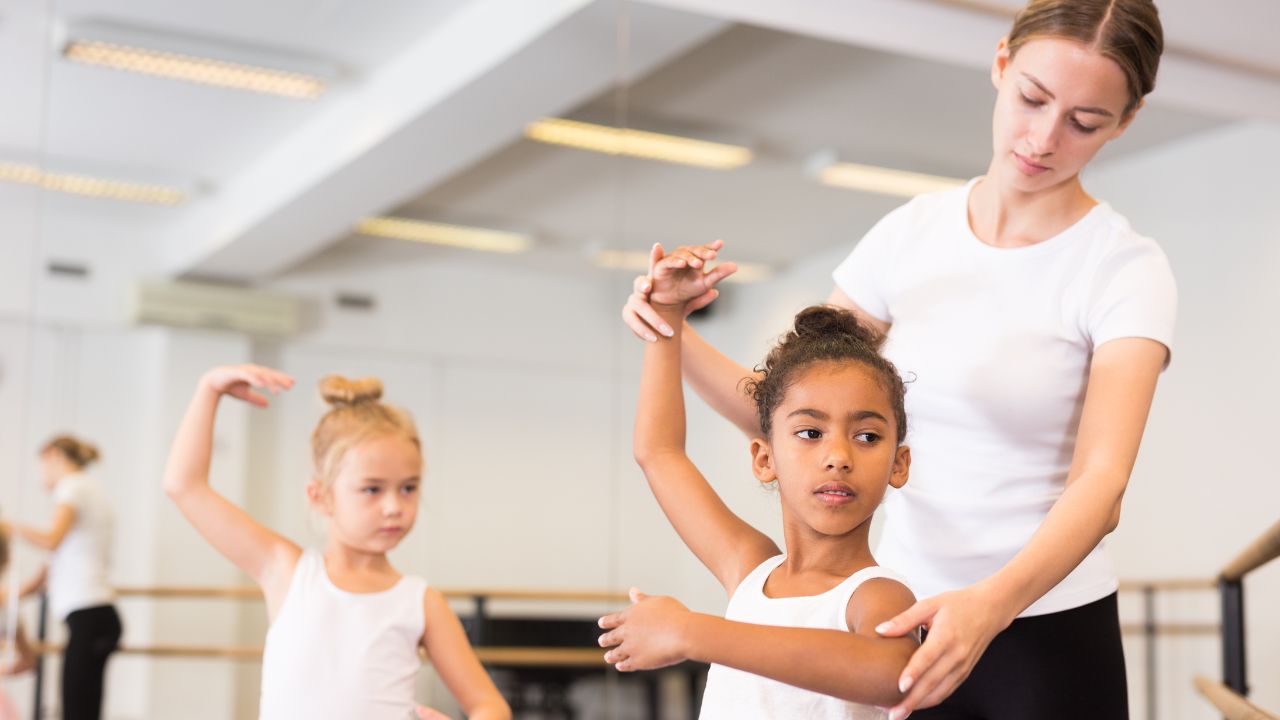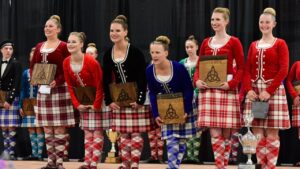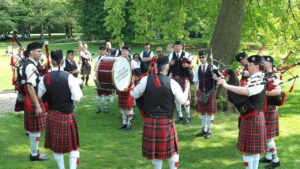Highland dancing is not only a competitive art form — it is also a teaching tradition passed down through generations.
In the United States, becoming a Highland dance teacher is a rewarding path that allows you to shape the next wave of dancers, preserve Scottish cultural heritage, and participate in the Federation of United States Teachers and Adjudicators (FUSTA) community.
Whether you’re an aspiring instructor or a parent seeking the right teacher for your child, this guide explains how certification works, what credentials to look for, and how to assess teaching quality.
Why Teaching Standards Matter
Highland dancing has strict technical, cultural, and competitive requirements. Teachers certified through recognized bodies ensure that students:
- Learn proper technique from the start
- Prepare for SOBHD-sanctioned competitions
- Progress safely and effectively through competitive levels
- Develop discipline, stamina, and a love for the art form
Finding Help as a New Teacher
FUSTA’s Mentoring Program
New or aspiring teachers can benefit from FUSTA’s mentoring program, which pairs them with experienced instructors. This support can help with:
- Lesson planning and curriculum development
- Adapting teaching methods for different age groups
- Understanding competition preparation
- Navigating certification requirements
To join, contact FUSTA’s mentoring coordinators via the official FUSTA website.
Finding a Highland Dance Teacher Near You
If you’re a dancer or parent looking for a teacher:
- Visit the FUSTA Regions page.
- Locate your state and contact the listed regional delegate.
- The delegate can connect you with certified instructors in your area.
Requirements for Becoming a Certified Highland Dance Teacher
Age Requirement
- Must be at least 16 or 17 years old, depending on the examining body.
Certification Process
- Pass an associate or members exam from one of the three recognized examining bodies:
- British Association of Teachers of Dance (BATD)
- Scottish Dance Teachers Alliance (SDTA)
- United Kingdom Alliance of Professional Teachers of Dancing (UKA)
Knowledge & Skills Tested
- Mastery of all Highland dances (both theory and performance)
- Ability to break down and teach steps to beginners
- Understanding of costume rules and competition requirements
- Teaching methodology and correction techniques
Highland Dance Teacher Certification Path
| Step | Details | Examining Body | Outcome |
|---|---|---|---|
| Learn Highland Dances | Train under a certified teacher | BATD, SDTA, UKA | Technical mastery |
| Apply for Exam | Submit application & fees | BATD, SDTA, UKA | Exam slot confirmation |
| Pass Associate Exam | Theory & practical testing | BATD, SDTA, UKA | Entry-level certification |
| Pass Members Exam | Advanced teaching assessment | BATD, SDTA, UKA | Full certification |
| Join FUSTA | Must be a member of an examining body | FUSTA | Eligible for official FUSTA teacher membership |
Credentials to Look for When Choosing a Teacher
Any teacher claiming to teach SOBHD-style Highland dancing should:
- Be a current member of BATD, SDTA, or UKA
- Show a valid membership card for the current year
- Have experience training students for competition (optional, but beneficial)
Can Dancers Train with Multiple Instructors?
Yes — there are no official rules against it. However:
- Some teachers prefer exclusivity with their students to maintain consistency in training.
- Always communicate openly with both instructors if you choose to work with more than one.
How to Evaluate a Teacher’s Effectiveness
“Good teaching” in Highland dancing can mean different things to different students. Here are key indicators:
- Technical results: Students consistently demonstrate correct form and technique.
- Competition performance: Students achieve steady progress, whether through placements or improved personal scores.
- Student engagement: Classes are structured, motivating, and age-appropriate.
- Safety: Teacher emphasizes injury prevention and healthy training habits.
Tips for Aspiring Teachers
- Attend workshops and technique courses regularly.
- Network with other instructors at competitions and conferences.
- Seek feedback from both students and peers to improve teaching methods.
- Stay updated on SOBHD technical changes and FUSTA announcements.
Becoming a Highland dance teacher requires dedication, technical mastery, and an ongoing commitment to professional development.
Certification through recognized examining bodies ensures that teachers are equipped to guide dancers toward both competitive success and a lifelong appreciation of Scottish Highland culture.
For dancers and parents, choosing a certified instructor is the best way to guarantee high-quality training that aligns with FUSTA and SOBHD standards.
FAQs
Can I start teaching before I am fully certified?
You can assist a certified teacher, but to teach independently under SOBHD rules, full certification is required.
Do I have to join FUSTA after becoming certified?
It’s not mandatory, but membership ensures you receive important updates, resources, and event opportunities.
How long does it take to become a certified teacher?
It depends on your training pace — some dancers are ready within a few years, while others take longer to master all technical requirements.




